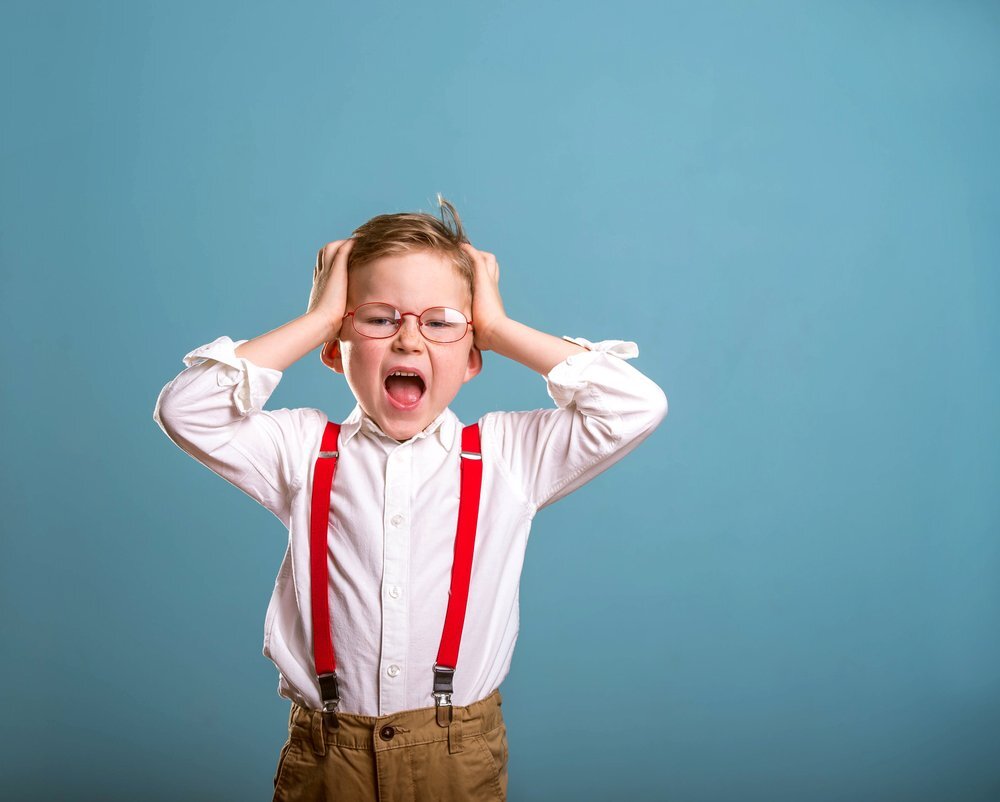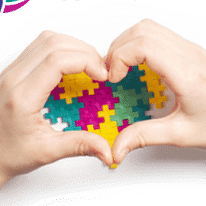- Contact Us
- (908) 874-0417
- Member Login
- Get Listed Now

It’s every autism parent’s nightmare. The earth-shattering tantrum at the store, or the social get-togethers that leave people whispering and gawking as your child lies like a dead weight, screaming or curled up in a ball and pounding their head. The very idea is overwhelming. It is one of the reasons parents of children with autism often isolate themselves and avoid social interactions that involve their child.
It’s exhausting.
Trying to soothe your child and then trying to offer an explanation to everyone else, who are far too full of opinions, considering their lack of knowledge. And when the child is high functioning, it can even be more exhausting having to defend your child’s behavior, explaining that they are not a poorly behaved, spoiled brat – they have just experienced a sensory meltdown.
A sensory meltdown is not a tantrum. A tantrum has a purpose and is typical in young children – it’s a means to an end, to achieve an outcome. For example, it may be to avoid turning off the TV or to get the candy bar at the grocery store – and a tantrum is the only way a small child knows how to express a need.
On the other hand, a meltdown is usually a result of sensory overload. Too much light, sound, touch, and activity elicit a fight or flight response beyond the child’s control.
There are other causes of sensory meltdowns, such as being in an overwhelming situation, changes to routine, being frustrated by being unable to communicate effectively, and even a lack of sensory stimulation. Contrary to popular belief, many children with autism are sensory-seeking (hyposensitive). They crave touch, physical pressure, and need to experience their environment through their senses.
Autism is a neurological condition and impacts how your child experiences their environment. Studies show that at least 83% of children and adults on the spectrum struggle with sensory processing issues – also known as sensory integration disorder. It profoundly affects how they cope with everyday activities like going to school, visiting shopping malls, and participating in social activities. Therefore, sensory regulation strategies are essential for making life easier for children on the spectrum.
Sensory regulation is what children with ASD need to help them decrease (or increase) their sensory arousal so that it matches their environment. Each day brings about situations that increase arousal and overwhelm their senses. Whether it is a clothing label that is distracting them by scratching their skin, too much noise or visual stimulation making them feel overwhelmed and claustrophobic, or the texture of particular food seeming too much to bear.
The ability to self-soothe is something that we develop as we grow, but it is not as simple for those on the autistic spectrum. They need to be taught coping strategies (self-regulation) or be offered tools to support them.
You know your child. You know what makes them tick and what situations will be difficult for them. But sometimes, life is unpredictable, and it is a good idea to have some tricks up your sleeve to make things easier for your child. Very often, a child knows when they are in over their heads. This is especially true of slightly older, high-functioning children. So let your child know there are sensory tools and options for them when it all gets too much.
While these strategies will help in the short term, sensory intervention therapy will give long-term relief and coping strategies. Sensory processing disorder treatment is play-based and involves equipment like trampolines and swings. It also uses deep pressure in the form of brushing, wrapping, weighted vests and blankets, and massage. It might sound counterproductive, but it is believed that exposing the child to this in a controlled, safe environment increases their threshold for stimulation.
To view the full list of sensory toys for children with autism, check out the full-length blog on our website!
|
|
Added By: | |

|
Circle Care Services Family Activities Highland Park, NJ 08904 US |
| View Profile » Contact » | |
